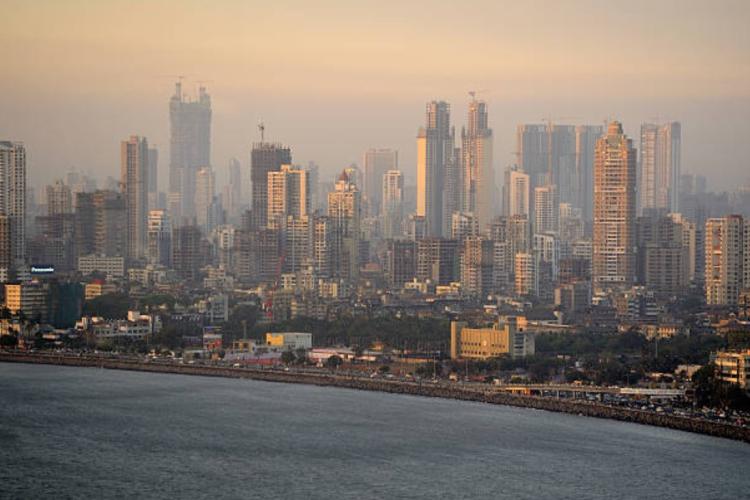
Can Indian economy realise its immense potential? India and China, the world’s two most populous nations, have long been compared in terms of economic potential. While China surged ahead in the late 20th century, India has often been seen as a country which has the potential to become an engine of global growth. But can India truly join the ranks of dominant economic powers?
India’s economy, despite recent slowdowns, remains the fastest-growing among major economies, with projections placing it as the world’s third-largest economy in the next decade. The country benefits from a young and growing workforce, a thriving services sector, and an expanding urban population. Prime Minister Narendra Modi has set an ambitious target to make India a developed nation and economic superpower by 2047.
READ | Coal energy push: A renewed addiction threatens global climate goals
As China faces demographic challenges and slowing growth, global businesses are exploring alternative markets. India, with its scale and potential, is a prime candidate. However, significant challenges—including an underdeveloped industrial sector, regulatory hurdles, and income stagnation—could hinder its rise.
India’s huge economic potential
Several economists say India’s rise as a global economic powerhouse is inevitable, driven by demographics, urbanisation, and a changing global trade landscape. India’s youthful workforce provides a long-term advantage, with a median age of 28 compared with China’s 39. Urbanisation, still at 32% compared with China’s 60%, offering room for growth through infrastructure development.
India is being courted by the US as a counterweight to China in the Asia-Pacific while maintaining ties with Russia, positioning itself as a pivotal player in global geopolitics. Unlike China’s manufacturing-driven growth, India’s services sector—especially in IT and telecommunications—has been a major driver, contributing nearly half of its GDP growth. With China facing trade tensions and economic slowdowns, India has an opportunity to position itself as a preferred investment destination. Its democratic structure makes it more attractive to global investors compared with China.
Where India still falls behind
Despite its promise, India faces structural weaknesses that could hinder its ability to replicate China’s success. While China contributes nearly one-third of the world’s manufacturing output, India’s share remains significantly low. Schemes like Make in India have yet to deliver large-scale industrial growth. India’s literacy rates, vocational training, and healthcare indicators lag behind China. While the country produces top-tier engineers, a large portion of its workforce lacks the skills for high-value jobs.
India’s rapid economic expansion has increased income inequality. The 2024 World Inequality Lab report found India to be one of the most unequal countries globally, surpassing even the US and Brazil. China is the largest trading partner for over 120 countries, whereas India has yet to establish itself as a central hub in global supply chains. Protectionist policies, such as India’s withdrawal from RCEP, further limit its integration. India’s recent GDP growth slowdown—5.4% in the July-September quarter, below the Reserve Bank of India’s 7% forecast—raises concerns about sustained economic momentum. Moreover, educated youth unemployment has risen, highlighting inefficiencies in labour market absorption.
Can Indian economy overcome its weaknesses?
For India to emerge as a dominant economic force, several critical reforms are necessary. The country must implement a coherent industrial policy to boost manufacturing and integrate into global supply chains. Lessons can be drawn from China’s Made in China 2025 strategy. Strengthening education, vocational training, and healthcare is essential to improve workforce productivity and competitiveness. India must actively engage in trade agreements and reduce protectionist measures to foster deeper economic ties and attract investment. Granting states greater fiscal autonomy could enhance region-specific growth and overall national economic performance.
Beyond its economic ambitions, India is increasingly asserting itself on the global stage. India’s diplomatic independence—maintaining strong ties with both the US and Russia—sets it apart. However, economic power projection remains limited compared to China and the US. India’s evolving defence strategy, including increased military spending and strategic alliances, reflects a growing confidence in its global role. India’s G20 presidency highlighted its ambitions to shape global economic policies, but tangible benefits such as increased foreign investment remain uncertain.
Former British prime minister Tony Blair recently predicted that by 2050, the world will be dominated by three superpowers: the US, China, and India. While several projections suggest India could match China’s economy by then, achieving this goal depends on sustained reforms, strategic trade expansion, and infrastructure development. India’s economic rise is not guaranteed, but with the right policies, it can transform itself into a global powerhouse. However, failure to address structural weaknesses could leave India perpetually on the cusp of greatness—without fully realising it.
